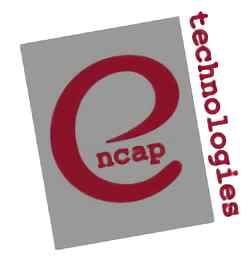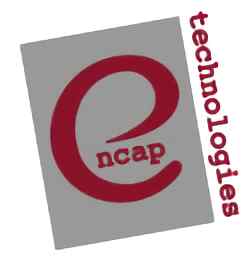White Papers
Process Control to Enable High Yield Rates and Tailored Motor Performance in Thermoplastic Encapsulation
This paper details the manner in which process control methodologies can assure high yield rates. It also discusses the use of process control to enhance certain performance related characteristics of the encapsulated assembly - e.g., mechanical robustness, vibratory characteristics, and thermal transfer characteristics, as well as dimensional and air gap control. The dimensional control section of this paper discusses both control of expansion rates and the matching of expansion rates between the thermoplastic encapsulant and the encapsulated motor components.
Advances in Motor Construction Enabled by Thermally Conductive Thermoplastic
Discussion specific to thermoplastic encapsulation of motors and the heat transfer, harmonic damping, and dimensional requirements of the applications and the cost/benefit relationships that exist. Discussion of the performance of thermally conductive, electrically insulative ceramic filled thermoplastics highlighting motor designs where these materials offer a competitive alternative to traditional construction techniques. Specific examples cited include a 21" BLDC motor stator for a remote submersible vehicle (RSV) and spindle motors for computer hard disk drives (HDD). Results of thermal transfer analysis using ANSYS also shown.
Identification of Material Properties: Damping Ratio and Elastic Modulus
Paper describes a method to determine damping ratio and elastic modulus of various materials using experimental modal analysis. A shaker is used to introduce excitation into the system, and a laser doppler vibrometer is utilized to pick up a velocity signal for the test specimens as a system response. Using mathematical equations describing the mobility (velocity/force) of the system, damping ratio and elastic modulus of the materials are identified.
Ceramic Filled Thermoplastic Encapsulation as a Design Feature for a BLDC Motor in a Disk Drive
Paper discusses the use of thermoplastic encapsulation specifically in spindle motors for computer hard disk drives (HDD). Central to the development of these applications is an understanding of the heat transfer and harmonic damping requirements of the applications and the cost/benefit relationships that exist. A simple model will be presented in which the heat transfer requirements for thermally conductive plastics can be understood and their costs can be estimated. Experimental results of non repeatable run out (NRR) on a motor using this encapsulated construction are discussed. Various filler systems and their performance will be discussed highlighting motor designs where these materials offer a competitive alternative to traditional construction techniques.
Component Performance Advantages Realized through Thermoplastic Encapsulation
Thermoplastic encapsulation of electrical and electromechanical devices continues to yield improvements in cost, performance, and environmental sealing. Encapsulation opens new, more efficient methods of motor construction. Two alternative motor construction techniques, using "strip lams" and segmented stators, are explored for the functionality and cost benefits enabled by encapsulation. Additionally, advances are being realized in thermal dissipation, particulate emissions, and the reduction of both structural and audible vibration. Thermoplastic encapsulation enables both reduction of overall noise and attenuation of specific frequencies of concern. Dampening effects of specific resins are shown. The paper includes discussion of both motor manufacturing tolerances affecting noise and vibration and processing techniques to mitigate variation in noise and vibration.
Thermally Conductive Thermoplastics: A Viable Alternative for Coil Wound Device and Passive Component Construction
Discussion of advantages of thermoplastic encapsulation using thermally conductive, electrically insulative resins. To understand applicability in various applications, a thermal transfer model and data from actual case studies are given. Cost relationships and effect of different thermal fillers is discussed.

